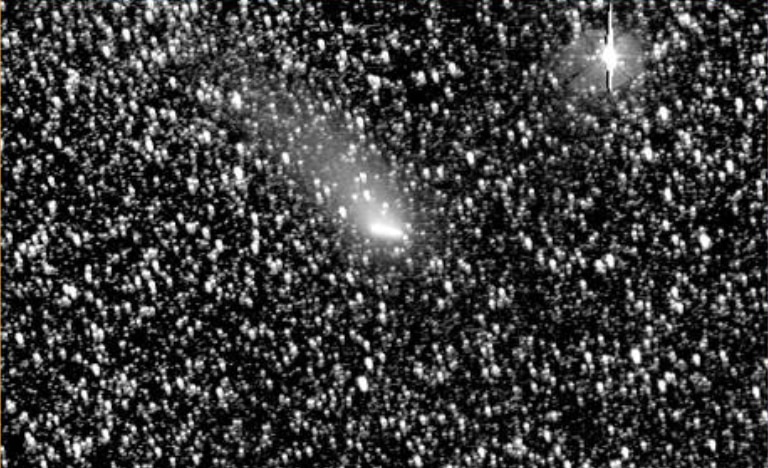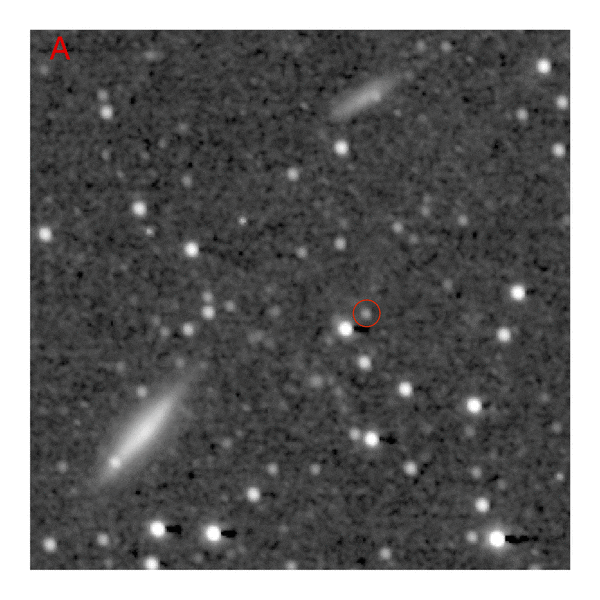Create a free profile to get unlimited access to exclusive videos, sweepstakes, and more!
Dwarf planet FarFarOut is further than anything we’ve ever seen in our solar system

If you thought dwarf planet FarOut was pretty far out when it was discovered floating around 120 times Earth's distance from our sun last year, something out there just one-upped it.
Meet — you guessed it — FarFarOut. Creeping around in the distant Oort cloud and thought to be at least 140 times our distance from the sun, it was detected by Dr. Scott Sheppard and his team at the Carnegie Institution for Science in Washington, DC (who also found FarOut). FarFarOut will officially become the furthest known object to exist in our solar system if the new discovery can be confirmed.
It wasn’t that Sheppard was looking to break FarOut’s record. The professor was just left with nothing to do on a snow day. He went back to analyze some of the data he and his team had gathered in the neverending search for Planet 9 (aka Planet X), that elusive yet-unfound object thought to have ten times the mass of Earth and exert a gravitational pull on objects deep in the solar system. Interestingly enough, the postponed lecture was called “Beyond Pluto: The Hunt for Massive Planet X”. That was when he eyed a mysterious object that was literally far, far out.
“It is very faint; it is on the edge of our ability to detect it,” Sheppard told The Guardian. “We don’t know anything about the orbit of this object, we just know it is far, far out.”
FarFarOut is believed to be around 310 miles in size, pinkish in color (!) and likely a dwarf planet-size object like FarOut. That rosy hue is usually found in icy objects. Seeing how little warmth it must get that far away from solar heat, it must be frozen over. Further observations over the next year or two will be needed to figure out its orbit, but Sheppard and his team think it must take at least a thousand years to make one trip around the sun. So, no human hypothetically living there would get to see a birthday.
Let’s backtrack to FarOut for a moment. At 120 AU (astronomical units) away from the sun, it’s about four times as far away from our star as Pluto, which is only 34 AU away. Like FarFarOut, its orbit was also pretty nebulous when it was first discovered in December. Because both objects are too far from gas giants Neptune and Uranus to be gravitationally influenced by them, the gravity of something else must be having an effect — possibly Planet 9.
"We need to reobserve the object again to confirm it is far far out there," Sheppard explained to CNN. "Right now we only have observed Farfarout for a 24-hour time base. These discovery observations show FarFarOut is around 140 AU, but it could be somewhere between 130 and 150 AU as well."
Now that’s real far out.
(via The Guardian and CNN)



























